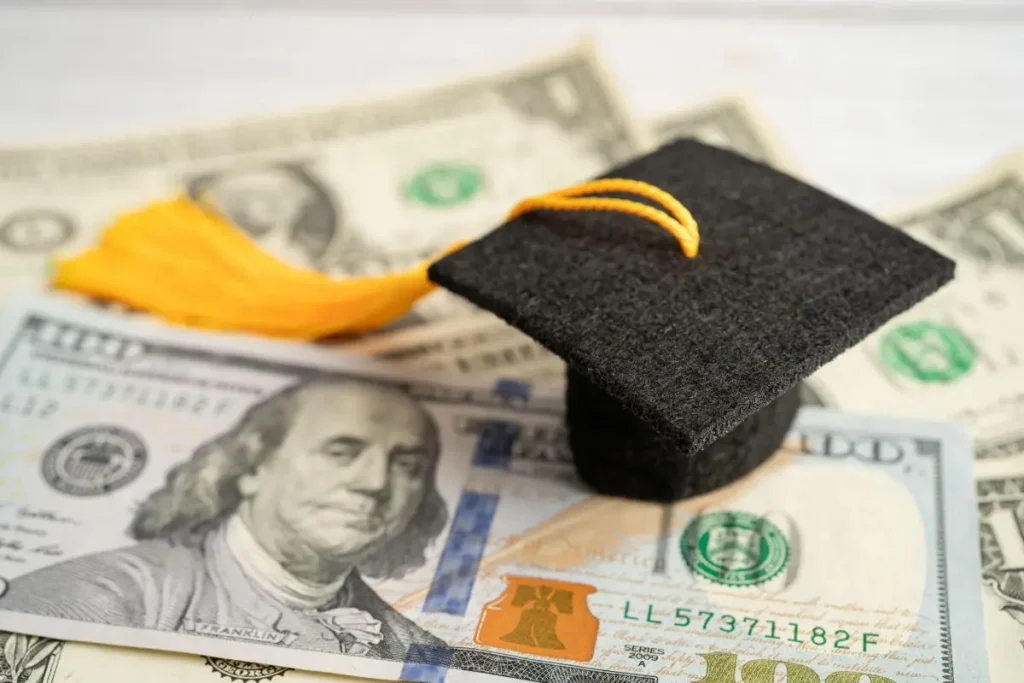On July 21, 2025, the U.S. Department of Education announced a temporary suspension of student loan forgiveness under the Income-Based Repayment (IBR) program. This pause affects borrowers awaiting debt discharge after completing repayment terms under IBR, pending major system updates needed to align with recent policy changes.
What Is Student Loan Forgiveness IBR?
Income-Based Repayment (IBR) is a long-standing federal income-driven repayment (IDR) plan. Under IBR, monthly payments are capped at:
-
10% of discretionary income for borrowers who took out loans on or after July 1, 2014 (also known as “new IBR”)
-
15% for borrowers with loans before that date (“old IBR”)
Discretionary income is defined as income above 150% of the federal poverty level for family size. After 20 years (new IBR) or 25 years (old IBR) of qualifying payments, any remaining balance is forgiven—though borrowers may owe taxes on that amount.
IBR was the first IDR program cemented by Congress and remains the only one that hasn’t faced legal challenges to its forgiveness feature—unlike SAVE, PAYE, or ICR, which are currently blocked or under injunction.
Why the Suspension?
Officials explained that the pause is necessary to implement system upgrades ensuring accuracy in tracking borrower payment eligibility, especially in light of injunctions blocking other IDR plans (e.g. SAVE). The pause allows the department’s systems to correctly count qualifying months, avoiding errors that could affect forgiveness eligibility.
While delayed, the DOE reassured borrowers that IBR forgiveness is still on track—the pause is logistical, not policy-driven—and forgiveness will resume once updates are complete.
Borrowers nearing the end of their IBR term may face delays in discharge notices and financial planning for the forgiven debt. The pause also affects account balances expected to be wiped following forgiveness.
Borrowers are advised to:
-
Continue making payments. Any extra paid will be refunded after forgiveness is applied.
-
Consider forbearance, if facing hardship—though interest will continue to accrue.
-
Stay informed by checking updates from Federal Student Aid and their loan servicer regarding forgiveness processing status.
Counters on the Horizon
Under the recently passed “One Big Beautiful Bill”, IBR is adjusting for a larger pool of borrowers:
-
Eliminating the former partial financial hardship requirement, allowing more borrowers to qualify.
-
Codifying 10% payments over 20 years for new IBR borrowers (July 1, 2014–July 1, 2026).
-
Expanding IBR access to Parent PLUS borrowers who consolidate before July 1, 2026.
Additionally, from July 2026, a new income-driven plan—Repayment Assistance Plan (RAP)—will take effect, though IBR will coexist until at least July 2028.
IBR vs. Other IDR Plans
| Plan | Payment Timing | Monthly Cap | Forgiveness Period | Legal Status |
|---|---|---|---|---|
| IBR | 15% (old), 10% (new) | 150% poverty level | 20–25 years | Active; paused only for updates |
| PAYE/REPAYE/SAVE/ICR | Varies | 10–20% | 20–25 years | Legally blocked or paused |
IBR’s robustness and durability make it a trusted path to loan relief—when systems are functional.
What Borrowers Should Do Now
-
-
Continue Making Payments: Continue making regular payments to maintain your account in good standing.
-
Request Temporary Forbearance: If experiencing financial hardship, consider requesting a temporary forbearance. Be aware that interest will continue to accrue during this period.
-
Monitor Official Announcements: Stay informed by regularly checking updates from the Department of Education regarding the status of the IBR forgiveness program.
-
Contact Loan Servicer: Reach out to your loan servicer for personalized guidance and to discuss any concerns or questions you may have.
-
While the pause in processing student loan forgiveness under IBR is frustrating for many, it reflects necessary technical maintenance—not a policy rollback. With IBR remaining the only IDR plan unaffected by legal battles, it continues to offer a legitimate path to forgiveness. Borrowers should remain proactive: continue payments, monitor for updates, recertify income, and plan for their financial future once forgiveness resumes.


